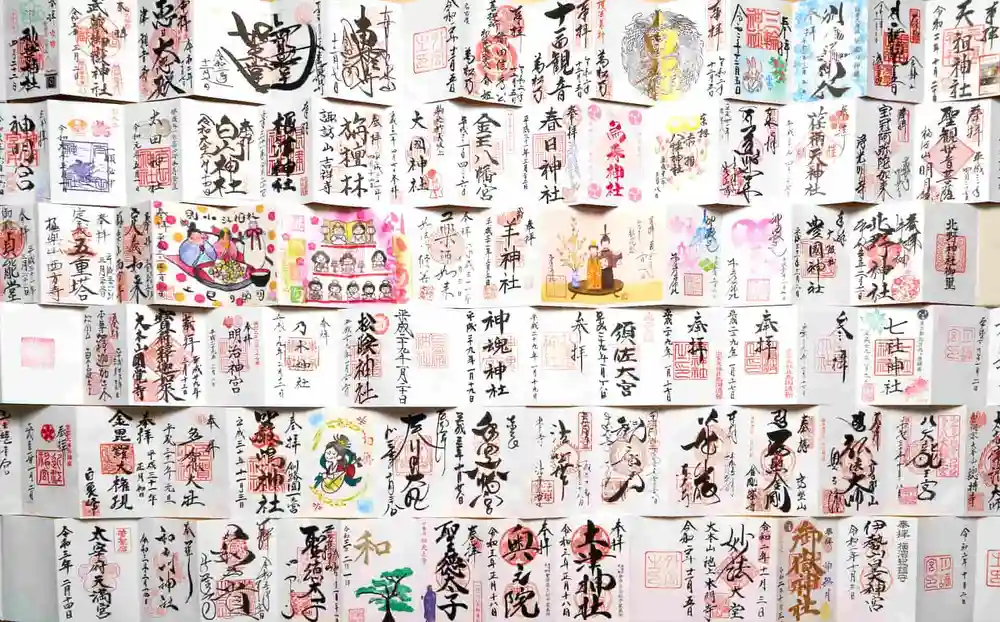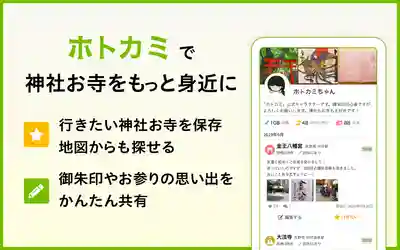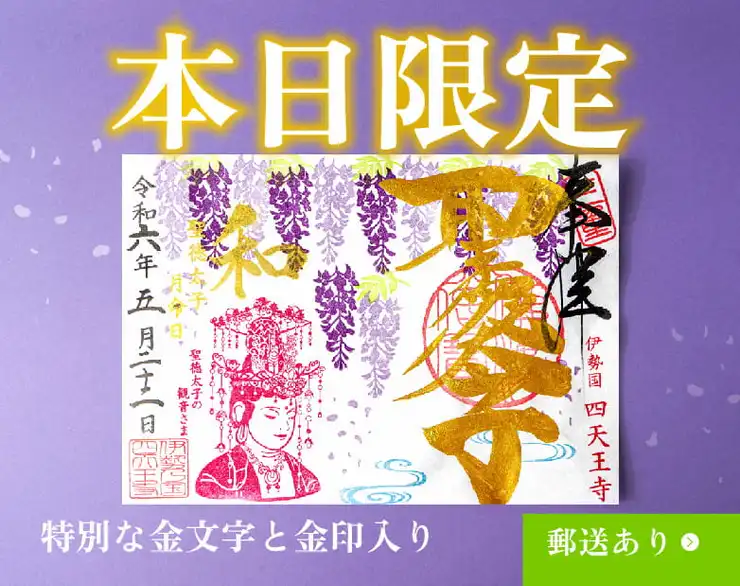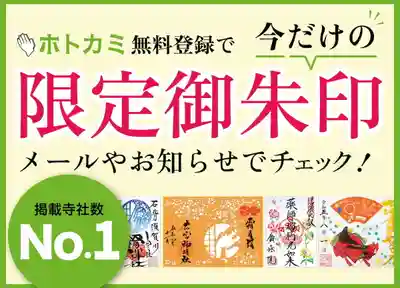かしまじんぐう
鹿島神宮のお参りの記録一覧(17ページ目)

久しぶりに鹿島神宮⛩へ✨✨✨
この日は、晴天☀️
とても穏やかな一日でした😊
写真を撮るたび、光のシャワーが感じられ、とても心地良い風景です🍀
鹿島神宮の森が、とても穏やかで、新緑の良さがとても伝わる参拝となりました🍀
本殿の改修工事が始まっており、令和8年に完成する見込みだそうです✨

楼門✨



本殿✨
改修工事中です👷♀️

鹿島神宮の森🍀
光のシャワー🚿


鹿さん🦌


鳥居⛩

御手洗の池✨✨✨
清々しい✨

ここでも、光のシャワー🚿




ありがとうございます😊🍑✨

#鹿島神宮
ご祭神はタケミカヅチの大神。
#武甕槌大神
古事記では建御雷神、建布都神、豊布都神、建甕槌命。日本書紀では武甕槌神。
古事記ではタケミカヅチの神の家族構成に関して、2通りの記述が存在する。
1つめは、イザナギの神が剣でカグツチの神を斬った時、剣から流れ落ちた血より生まれたとする。なお、ここで誕生した神様は全部で8柱いて、有名どころではタケミカヅチの神の他に、クラオカミの神がいる。このとき使われた剣はイツノオハバリの神という神様。少し離れたか所には、タケミカヅチの神はイツノオハバリの神の御子とある。
2つめは、オオモノヌシの神のひ孫とする。第10代・崇神天皇の時代に疫病が流行し、帝はオオモノヌシの神の神託に従い、オオタタネコの命という人物を探し当てた。オオタタネコの命は、オオモノヌシの神を1代目とした時、4代目にあたる子孫がタケミカヅチの命で、自身はタケミカヅチの命の子、すなわち5代目だと明かした。
2か所のタケミカヅチの神は別神と解した方が手っ取り早い気はするが、学研の神道の本に、面白いことが書いてあった。いわく、古くから伝わっていたのは古事記の第2説。第1説は、藤原氏がタケミカヅチの神を自分たちの氏神として祀り上げる過程で、彼が天つ神となるように、新たに創作した系譜だと。
ぶっちゃけ信じたくないし、信じてもいない。


東国三社巡り
一社目 常陸国一の宮 鹿島神宮
伺ったのは11月下旬です。
この日、天気が良く境内には日の光が射し込んでました。
奥宮〜要石までの山道がなんか凄かったです。
御祭神 武甕槌大神
今日のご縁に感謝します。

大鳥居

御由緒

楼門は改修工事中…全貌が見えぬ。きっとまた来いということですね…

素敵

ご拝殿

神の使い
角が立派です。

さざれ石

奥宮
御由緒

荘厳な気配

ご神木

大鯰の碑


要石


御手洗池近くの売店で一休み。だんごとお抹茶。美味しゅうござりました。

御手洗池
光が眩しい

幻想的な水面でした

ご拝殿に戻りました

祖霊社

御朱印とお守りいただいて楼門に戻りました。

東国三社守
三社巡ると完成します。
鹿はおみくじです。可愛い。

⛩️our video
Kashima Jingu According to legend, was est. in the first year of legendary Emperor Jimmu, 660 BC
https://youtu.be/JKlKkG-ITLw
Kashima Shrine (鹿島神宮, Kashima Jingū) is a Shinto shrine located in Kashima, Ibaraki in the northern Kantō region of Japan. It is dedicated to Takemikazuchi-no-Ōkami (武甕槌大神), one of the patron deities of martial arts. Various dōjō of kenjutsu and kendō often display a hanging scroll emblazoned with the name "Takemikazuchi-no-Ōkami". Prior to World War II, the shrine was ranked as one of the three most important imperial shrines Jingū (神宮) in the Shinto hierarchy, along with Ise Grand Shrine (伊勢神宮 Ise Jingū) and Katori Shrine (香取神宮 Katori Jingū). During the New Year period, from the first to the third of January, Kashima Shrine is visited by over 600,000 people from all over Japan. It is the second most visited shrine in Ibaraki prefecture for new year pilgrims.
Kashima Shrine is located at the top of the Kashima plateau in south-east Ibaraki Prefecture, intersecting Lake Kitaura and Kashima Bay and in close proximity to Katori Shrine, which also has a strong connection to the martial arts. The shrine is the home of the Kashima Shintō-ryū (鹿島新当流) school of Japanese swordsmanship. Tsukahara Bokuden (塚原 卜伝, 1489 - March 6, 1571), one of the most distinguished swordmasters in Japanese history, was a frequent visitor to the shrine and developed the school from a combination of his own experiences as a shugyōsha during Musha shugyō (武者修行) and the Tenshin Shōden Katori Shintō-ryū (天真正伝香取神道流).
A large blade designated as a National Treasure known as the Futsu-no-Mitama Sword (布都御魂剣) is housed in the treasure house of Kashima Shrine.
The Honden (main shrine building), Haiden (prayer hall) and Rōmon tower gate entrance are all Edo period structures, and are National Important Cultural Properties. The gate is one of the largest three shrine entrances in Japan. A deer enclosure is also located down the forest path. Both Kashima Shrine's deer and those of Nara are considered messengers of the gods and hence share a strong connection.
Kashima Ōkami (鹿島大神, Kashima-no-Ōkami) is the official title of the main enshrined deity and identified as Takemikazuchi (武甕槌大神). In some historical texts he is also known as the great god of thunder.
According to legend, Izanagi, beheaded his own son Kagutsuchi the fire deity, as punishment for burning his mother to death. As he performed the act the blood dripped from his sword splashing onto the rocks below him, giving birth to several kami, two of which were Takemikazuchi along with Futsunushi (経津主神, Futsunushi-no-kami) the deity of Katori Shrine. Per the Nihon Shoki, Takemikazuchi was the deity who provided Emperor Jimmu with a sword as he departed for the conquest of Yamato, which is one reason the shrine is regarded as a patron. However, there is no mention of the shrine in either the Nihon Shoki or the Kojiki and the earliest written records, the Hitachi Fudoki, does not identify the Kashima-no-Ōkami with Takemikazuchi.
According the shrine legend, Kashima Jingū was established in the first year of the legendary Emperor Jimmu, i.e. 660 BC. This is well into Japanese prehistory, and the oldest written records mentioning the shrine are in the Asuka period Fudoki (風土記) of Hitachi province, indicating that a kobe (神戸), or private house of ritual was rebuilt in 649 AD on a site where the great celestial god Kashima (香島の天の大神, Kashima-no-ten-no-Ōkami) descended from the heavens and where religious ceremonies and festivals had been held since the time of Emperor Sujin, Yamato Takeru and Emperor Tenji. This region was the ancestral stronghold of the Nakatomi clan, who were strongly allied to the Yamato court, and the area around Kashima became a center for strengthening the imperial court's control of eastern Japan following the Taika Reform. As both a war deity and a water deity, the Kashima kami were connected with military campaigns against the Emishi tribes of northern Japan. The treasury of the shrine has a one bucket said to have been a war trophy once owned by the Emishi leader Aterui.




















数年来、来訪をしたいとは思ってましたが遂に叶いました…随分とかかってしまった。
広い境内はたくさん見どころがあってご満悦です。
じっくりゆっくりできなかった箇所もあるので、また是非参拝したいところです。
ここではおみくじのことを「事触れ」というのですね(*´ω`*)


本殿は改装中

事前にゲットしてた相川七瀬さんデザインの御朱印帳

龍がきらびやか

御由緒その1

御由緒その2

御祭神案内

飾り樽

御手水

雷マークがステキなのです
茨城県のおすすめ🎏
最新の限定御朱印情報が届く!
御朱印メルマガを受け取ろう
利用開始をもって利用規約・プライバシーポリシーに
同意したものとみなします。

ホトカミで困ったこと、不具合のご報告はこちらから
お問い合わせ


































































































1
0